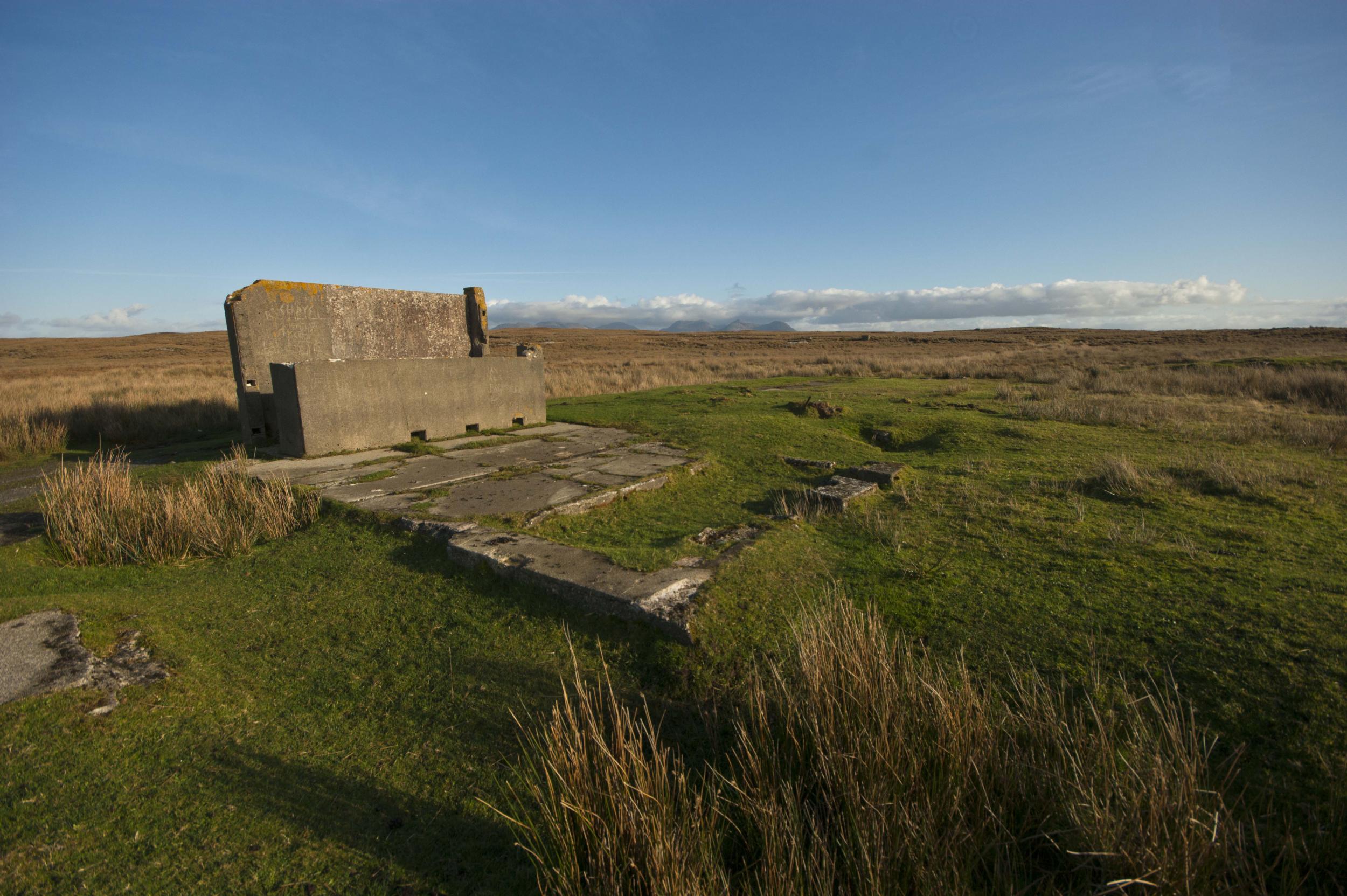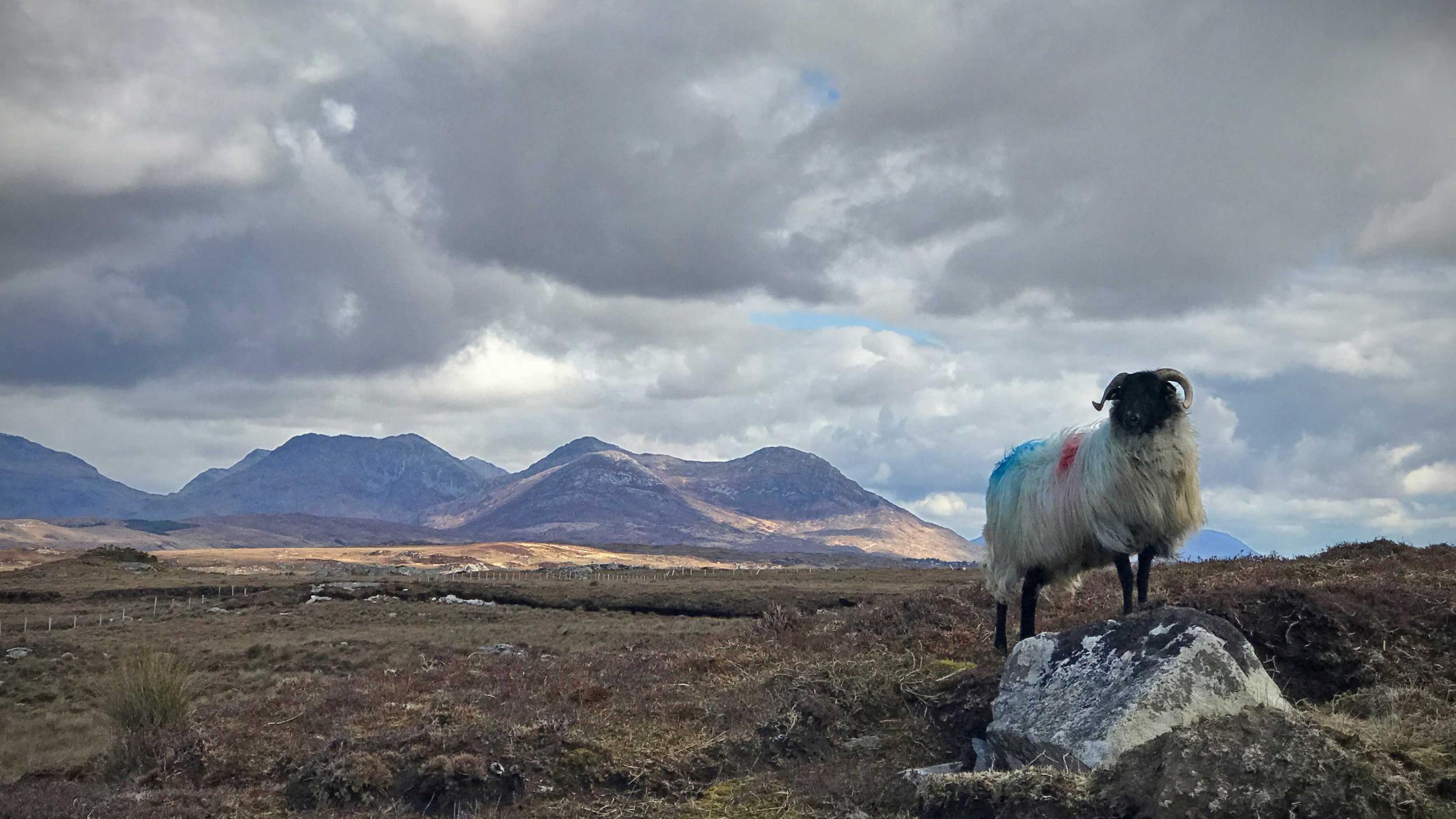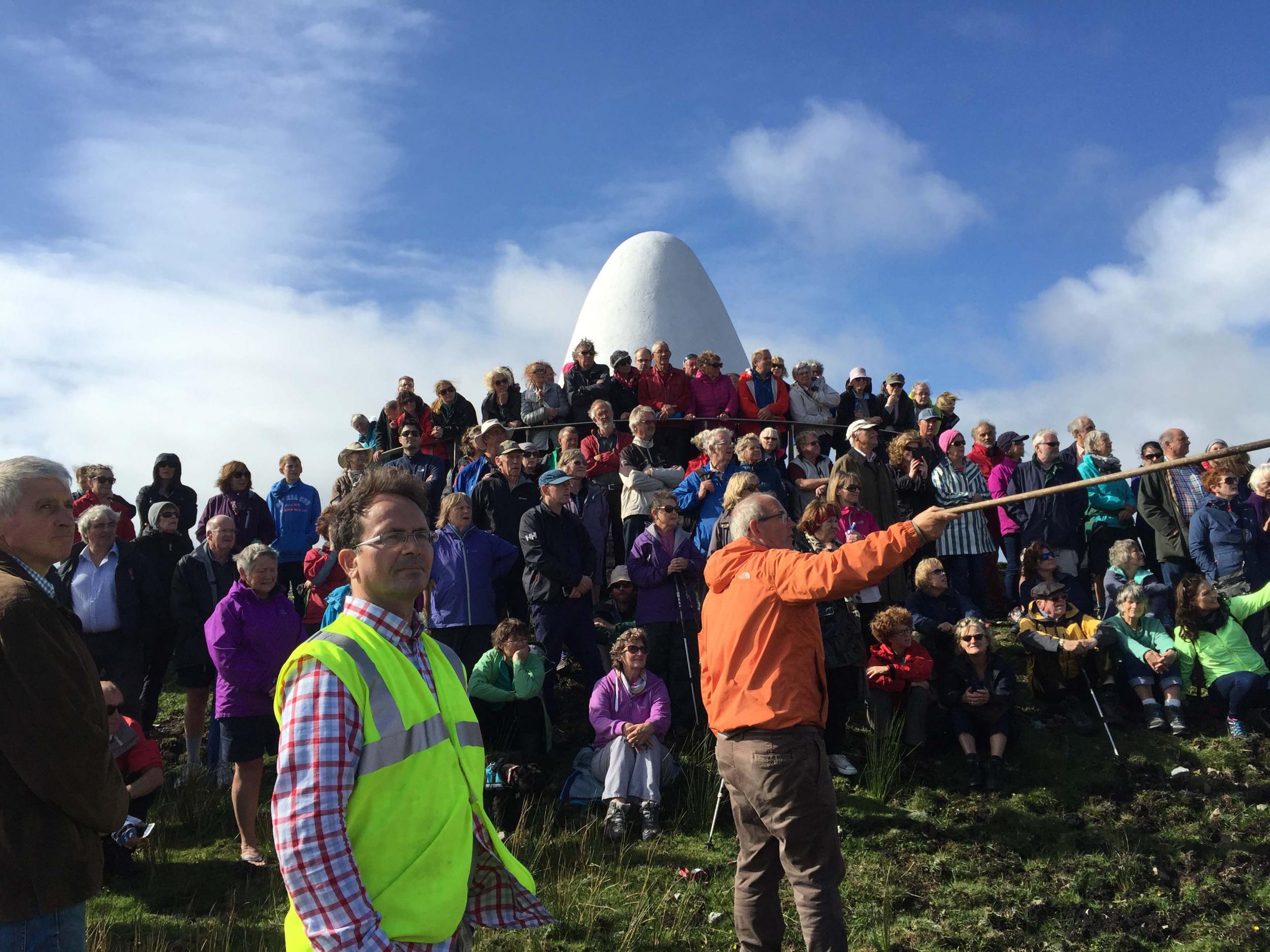The Independent's journalism is supported by our readers. When you purchase through links on our site, we may earn commission.
First transatlantic flight centenary: Why Derrigimlagh bog is about to steal the spotlight
It’s 100 years since a ‘lovely field’ in deepest Connemara became both the site of Alcock and Brown’s momentous achievement and the harbinger of the modern internet. Now’s the time to visit this unlikely pioneer, says Roger Thomas

It was 8.40am on 15 June 1919 and something remarkable was about to happen. In deepest Connemara on the western fringes of Europe, transmitting operators were tapping out coded messages to a receiving station across the Atlantic, the Morse singing in the wire from the masts of a sprawling tomorrow’s-world wireless communications complex, brainchild of electrical engineering wizard Guglielmo Marconi.
Travelling in the opposite direction, a flimsy wire, wood and fabric Vickers Vicky biplane, adapted from a World War One bomber, was flying low on a wing and a prayer over the first landfall it had encountered in 1,900 miles since taking off from St John’s, Newfoundland, over 16 hours earlier. In the mist and low cloud that hung over the boggy, rough terrain, an instant decision was made to attempt a landing at what appeared to be – in the words of the pilot – a “lovely field”.
Captain John Alcock and Lieutenant Arthur Whitten Brown were about to become the first airmen to fly across the Atlantic non-stop, choosing Derrigimlagh bog near the little town of Clifden in Ireland as their makeshift runway and, in the process, winning a £10,000 prize put up by the Daily Mail. A century later, with Boeing Dreamliners travelling direct from London to Perth in around the same time as Alcock and Brown’s groundbreaking flight, aviation has revolutionised the way we live.
That’s one game-changing global revolution ticked off, then. But there’s another, all down to what was happening on the ground at that remote, bleakly beautiful Irish bog. By an extraordinary coincidence, our heroic aviators crash-landed next to a pioneering international communications station from which the world’s first commercial wireless messages were broadcast in 1907. Derrigimlagh, harbinger of the telephone, the world wide web, wifi, GPS, smartphones, Facebook, Google and the rest, is truly the place that shrunk the world, both in terms of air travel and connectivity.
It’s one of the planet’s great unheralded sites, surely a contender for World Heritage status. When I first stumbled – almost by accident – across the place a few decades ago it was forgotten, abandoned and forlorn. I followed a rough track that ended at a somewhat neglected concrete cairn, emerging from the moorland like a giant thimble, close to the 1919 landing site. And that was it. I’d noticed the remnants of buildings scattered about – stumpy, weatherbeaten foundations, sheep snuggling up against collapsed walls, bits of rusty metal – but thought nothing of them.
All that is about to change, for two reasons. June 2019 marks the centenary of Alcock and Brown’s flight, and in little Clifden they’re making big plans to celebrate it. And now, for the first time, the story of that epic first flight, Marconi the sparky magician and the surreal elision of the two is being told, way out on the bog.

A new trail has been laid, with art installations, interpretive boards and audio messages. Tune in, and you’d have to be cloth-eared not to be swept off your feet.
You’ll hear the drone of the twin Rolls-Royce Eagle VIII engines as the Vimy circles in search of a landing spot. Then comes the voice of Brown himself, the typical self-deprecating gentleman, describing the achievement as “not so bad for 1919”.
Deeper into the site – it’s accessed by a waymarked, three-mile looped walk – you’ll hear the snap, crackle and pop of sparks jumping, bursts of electricity and Morse code being tapped out. The operation of the huge, iron-clad power station is conjured up by the clank of machinery, of stoves being stoked with turf and coal, of boilers boiling, in the quest to generate the high voltage needed to transmit wireless radio waves across the Atlantic.

Amazing facts and figures tumble out from display boards at key landmarks. Hundreds of people – including the finest engineers of their time – worked here at the world’s largest, most advanced wireless station, bringing boom-town prosperity to horse-and-cart Clifden. The noisy 350ft condenser house containing the transmitter “boomed and flashed thunder and lightning”. You even get to glimpse into the past via photoscopes that ingeniously recreate scenes from the time, including that of the crashed plane.
Clifden is busy gearing up for the centenary, organising the Alcock and Brown 100 Festival from 11 to 16 June, with a programme of talks and guided walks, music in the streets, an aerial display and gala evening.
It’s bound to be a great craic. You’ll get to know Clifden – a welcoming, mildly eccentric community – and might bump into characters who are passionate about its unsung heritage. There’s Shane Joyce, for example, a Marconiphile who reckons that he has identified the exact crash-landing site in that unfathomable bog (he’s keeping it a secret for now) by analysing soil samples. Force-of-nature local hotelier Brian Hughes – anyone who has met him will know he’s a very persuasive man – has even talked Heathrow airport into lending them their cherished statue of Alcock and Brown.
Derrigimlagh, just outside town, is remarkable in its own way as one of Europe’s most intact wetland bogs. When I last visited, locals were busy cutting peat the traditional way. Some things never change in the place that changed the world.

Travel essentials
Getting there
Ryanair flies to Ireland West Airport Knock, 72 miles from Clifden, from Bristol, East Midlands, Liverpool, London Luton and London Stansted.
Staying there
Clifden’s Abbeyglen Castle Hotel is Irish hospitality epitomised. Don’t expect boutique minimalism – it’s as warm and comfy as an Aran-knit sweater. Doubles from £145, B&B.
Visiting there
Join our commenting forum
Join thought-provoking conversations, follow other Independent readers and see their replies
Comments
Bookmark popover
Removed from bookmarks